We developed the recipe for our Brazil Santa Alina, Bom Dia, Günter and Marcello Sweet coffees. Since we roast most of our espressos comparatively light, some of them are also suitable for filter preparation.
For our lightest roasts like Peru Lima and Colombia La Huerta, you can find the special brew guide at the end of this post or on the respective product pages of our filter coffee beans!
Of course, these instructions can also be applied to coffees from other roasters. However, we strongly recommend buying high-quality coffee beans. You can read how to recognize these in our article on specialty coffee.
To properly prepare filter coffee with a hand filter (for these instructions we are using the Hario V60), you need the following equipment:
- Hand filter
- suitable filter paper
- Jug, carafe or cup
- coffee grinder
- Fine scale
- Kettle or kettle , preferably with a gooseneck and temperature display
- coffee beans
Everything there? Then let's get started! If you need anything else, you can find everything in our online shop. Simply follow the links above.
1. Set a recipe for filter coffee
The basis for every brewing recipe is the ratio of coffee to water (brewing ratio). It determines the strength of the filter coffee. For the V60 we recommend a ratio of 1:18.75, i.e. around 53 g of coffee per liter of water. A maximum of 350 ml can be prepared with the V60 size 02. For a cup of filter coffee we need 16 g of coffee and 300 ml or grams of water. We provide all information here in grams because we work with a precision scale.
Your coffee won't be 300 ml. There is a weight difference from input to output: at the end of the brewing time, water remains in the ground coffee and in the paper filter.
2. Accurately weigh the amount of coffee for filter coffee
We place our grinder on the fine scale, tare it and fill in the coffee beans until the scale shows the desired amount. Here we work with 0.1 gram accuracy. You can find suitable fine scales for coffee with a timer function in the shop.
Even small inaccuracies can make a significant difference in the taste of a cup of coffee. That's why it's important to work as precisely as possible.
3. Grinding level for filter coffee

The right grind level for making coffee with the hand filter. The particle size is approximately the same as that of coarse sea salt.
We choose the grinding level to be slightly finer than coarse sea salt (guide value). The finer the grind, the longer the water takes to flow through the ground coffee. For reference, we recommend 24 to 27 clicks on the Comandante coffee grinder.
The longer the contact time between water and ground coffee, the stronger the extraction. For our recipe we choose the grinding level so that the water is completely drained after about 2:40 to 3:00 minutes.
You can find coffee grinders with consistent grinding results in the shop. It is important that the grinds are approximately the same size to allow for even, controlled extraction.
4. Boil water and rinse filter
We heat our water to the desired temperature. For most filter coffees we choose a water temperature of 94°C. The following applies here: the higher the temperature, the stronger the extraction.
We briefly rinse the filter paper with the hot water to reduce the paper's own taste. We also heat the V60 and the vessel underneath it and ensure a balanced taste. We then tip out the water that flows through.
5. Blooming of the coffee grounds
Now we put the ground coffee in the filter and set the scale back to 0 (tare). In the first step, we start our timer and pour water evenly onto the ground coffee in a circular motion until it is completely moistened.
In our recipe we use 50 g of water, roughly three times the weight of the ground coffee. We make sure to only pour the water into the ground coffee and not along the edge of our hand filter. We then wait 40 seconds and let the coffee bloom. This creates small air or gas bubbles on the surface of the moistened coffee grounds, which is a good sign.
6. Coffee extraction
After the timer shows 40 seconds, we pour water into the filter a second time. Depending on the recipe, we repeat the process 3 to 4 times. In the first pour we use 50 g of water, which we pour out quickly. We make sure not to pour over the edge and that the coffee bed remains flat.
If the scale shows 100 g, we wait a moment and then start the second pour with 50 g of water. Here we pour a little more slowly in circular movements from the center outwards until the scales show 150 g. We repeat the same for the third (50 g) and fourth (100 g) pour .
When pouring, we always make sure to make circular movements and keep the water flow constant. This way we moisten the ground coffee evenly at every point. We leave out the edge of the filter so that no water without coffee drips into our collecting container.
7. Enjoy filter coffee
After our 300 ml of water has made its way through the coffee, we swirl our pot a little to cool the coffee briefly. Filter coffee develops best when it is not drunk completely hot. You'll be amazed at how pleasant it can taste even when it's cooler. Completely different than what you are used to!
If your coffee doesn't taste the way you want it to, the following tips will help.
Filter coffee too bitter, sour or watery? Here's how to adapt the recipe.
For a good, balanced filter coffee, we solve around 20% of the coffee particles from the ground coffee. If the coffee tastes too bitter or even astringent, we have removed too many particles. If, on the other hand, it is too acidic and watery, we have dissolved too few particles.
If the coffee tastes bitter, we want to remove less from the coffee grounds. To do this, we use a coarser grind to shorten the contact time between water and coffee, or we reduce the water temperature. The water itself can also play a crucial role in taste. After all, filter coffee consists of around 99% water. Here you can read what you need to know about water for coffee.
If the coffee is too acidic or watery, we have to remove more particles from the coffee. Analogous to over-extraction, for under-extraction we choose a finer grind or increase the water temperature. We recommend changing only one parameter at a time to have full control and get closer to the perfect filter coffee.
Another tip: For darker coffee beans, it is often worth reducing the extraction slightly. You can achieve this either by grinding more coarsely or by reducing the water temperature.
Brew recipe for our light roasts
This is how you prepare the Peru Lima and Colombia La Huerta best:
- 16 g coffee
- medium coarse grind (Comandante 25 normal/50 Red Clix)
- 91°C (Peru), 94°C (Colombia) or 96°C (Rwanda) hot water
- 2:40-3:00 minutes brewing time
- 40 seconds of blooming with 50 g of water
- 50 g increment to 100 g, then 150, 200 and 300 g; pour again as soon as the coffee bed is visible
Iced Filter recipe
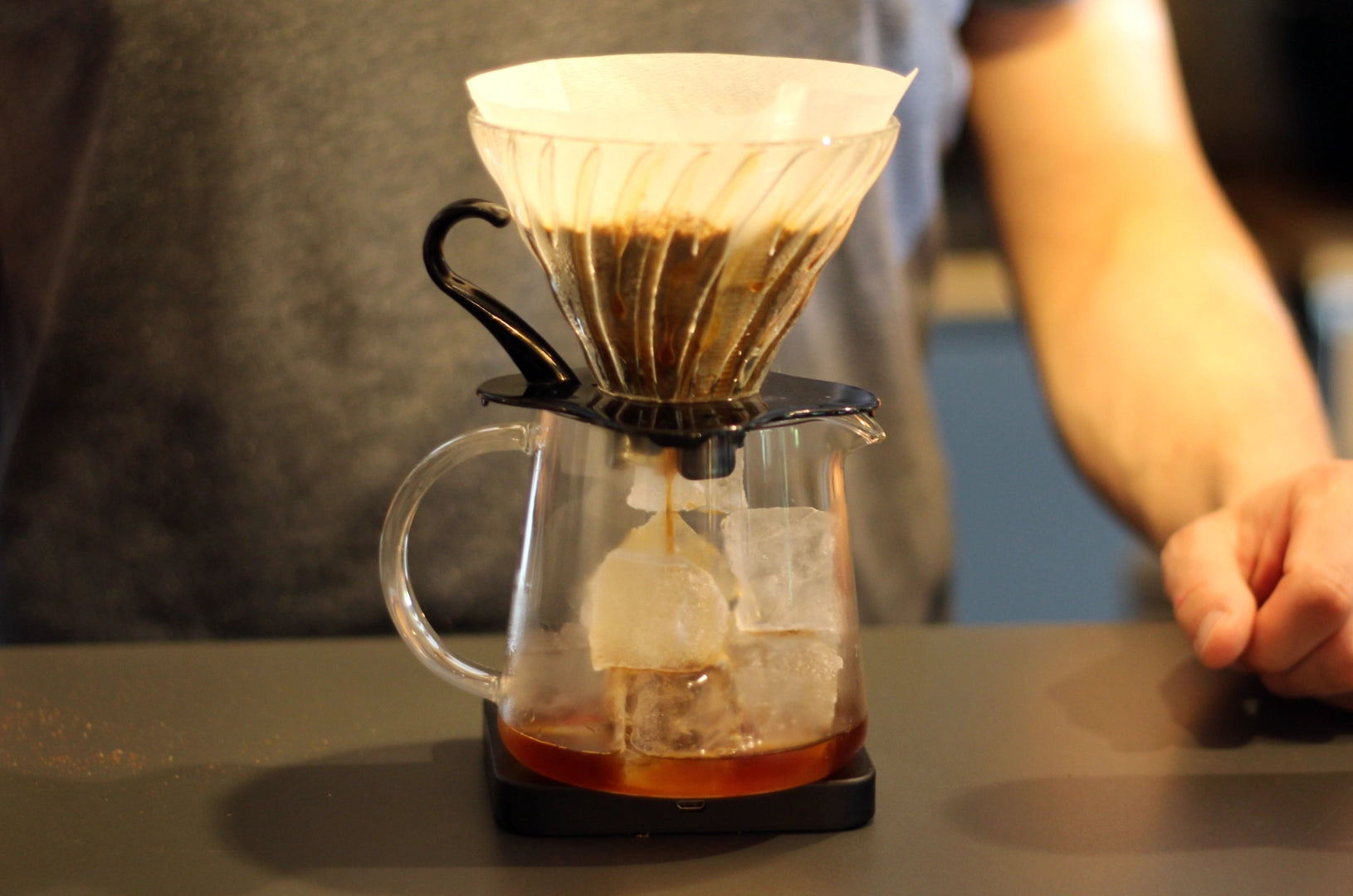
Preparation process for filter coffee on ice. The ice cubes go into the carafe first, then we brew the filter coffee as usual.
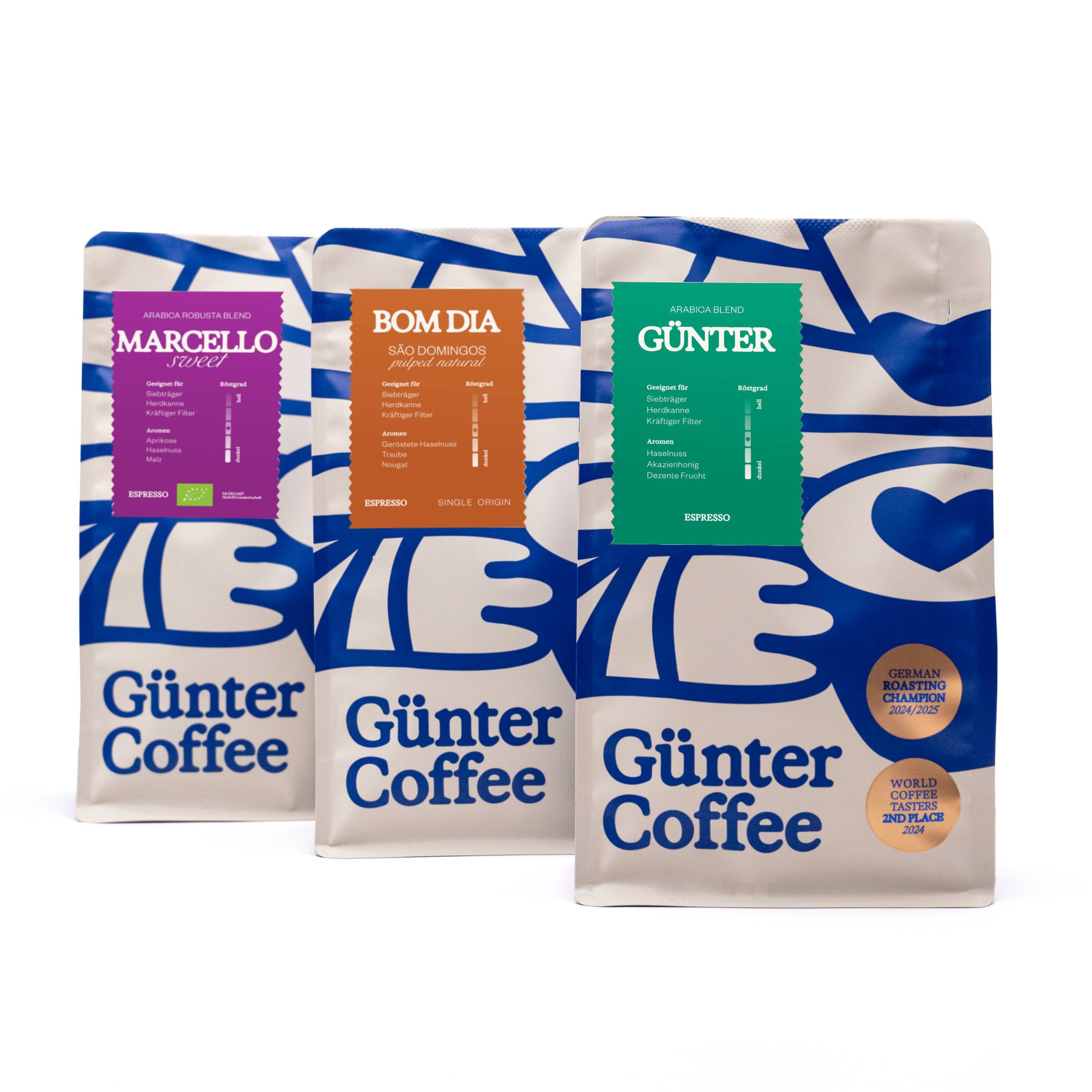

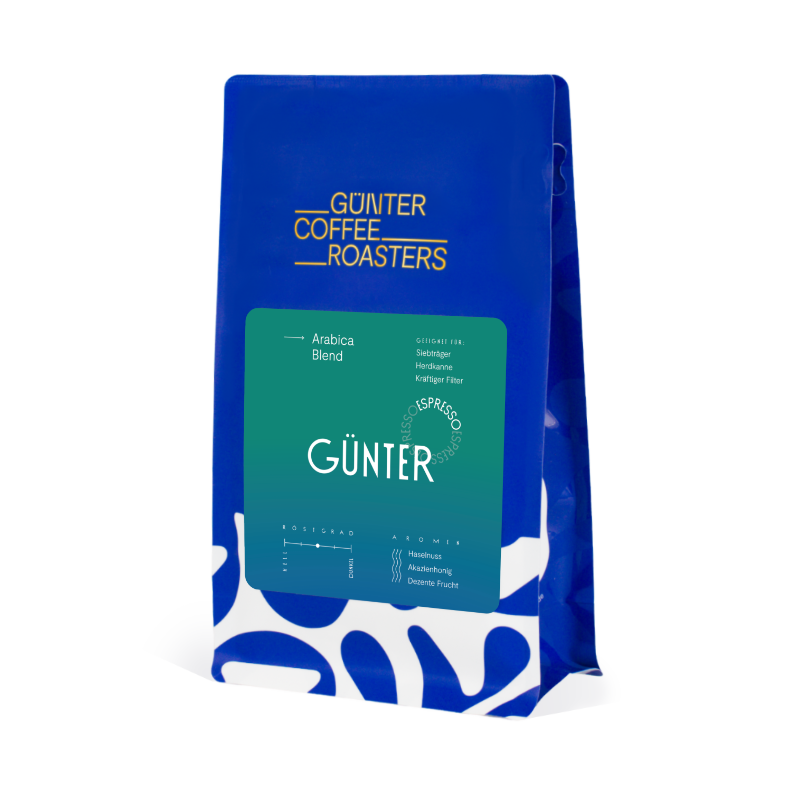
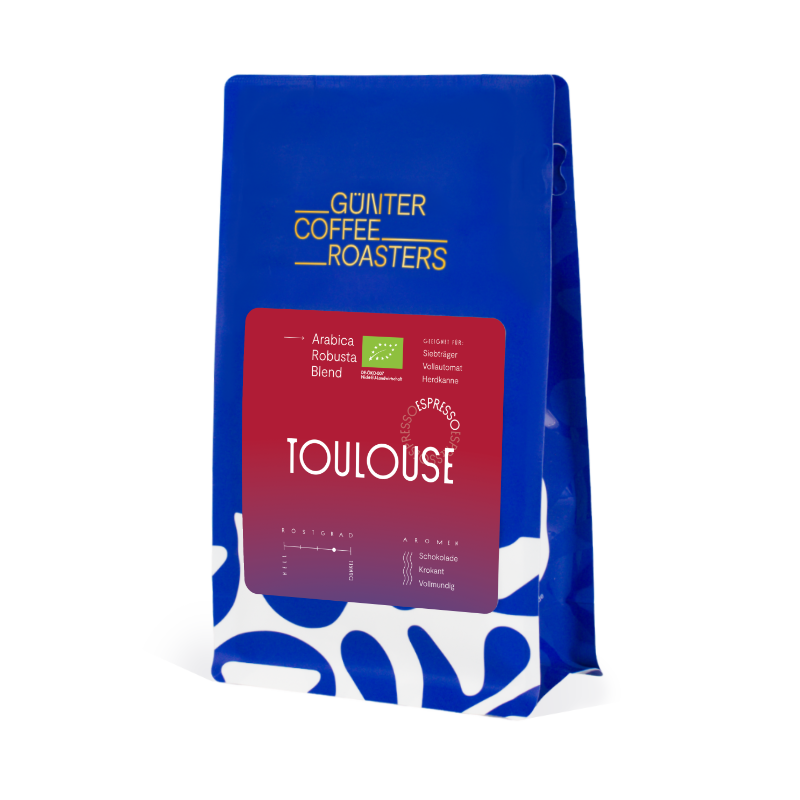

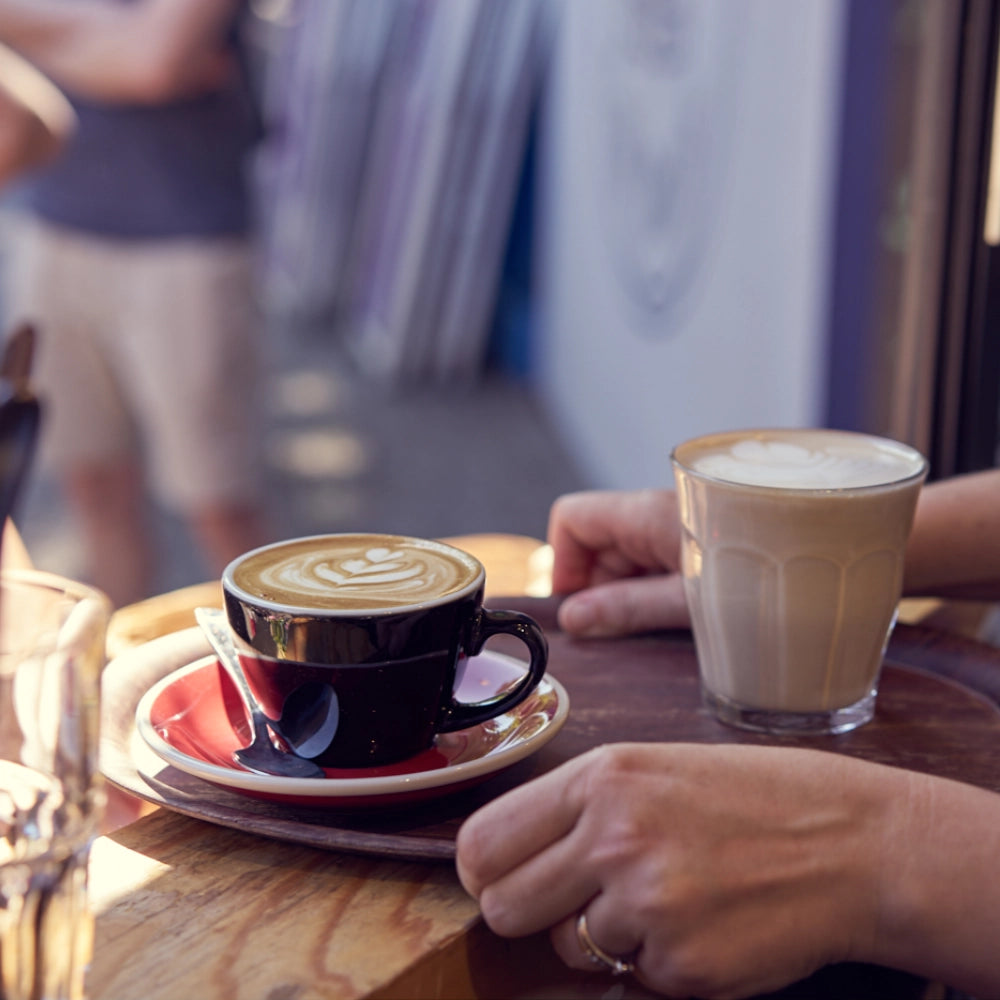
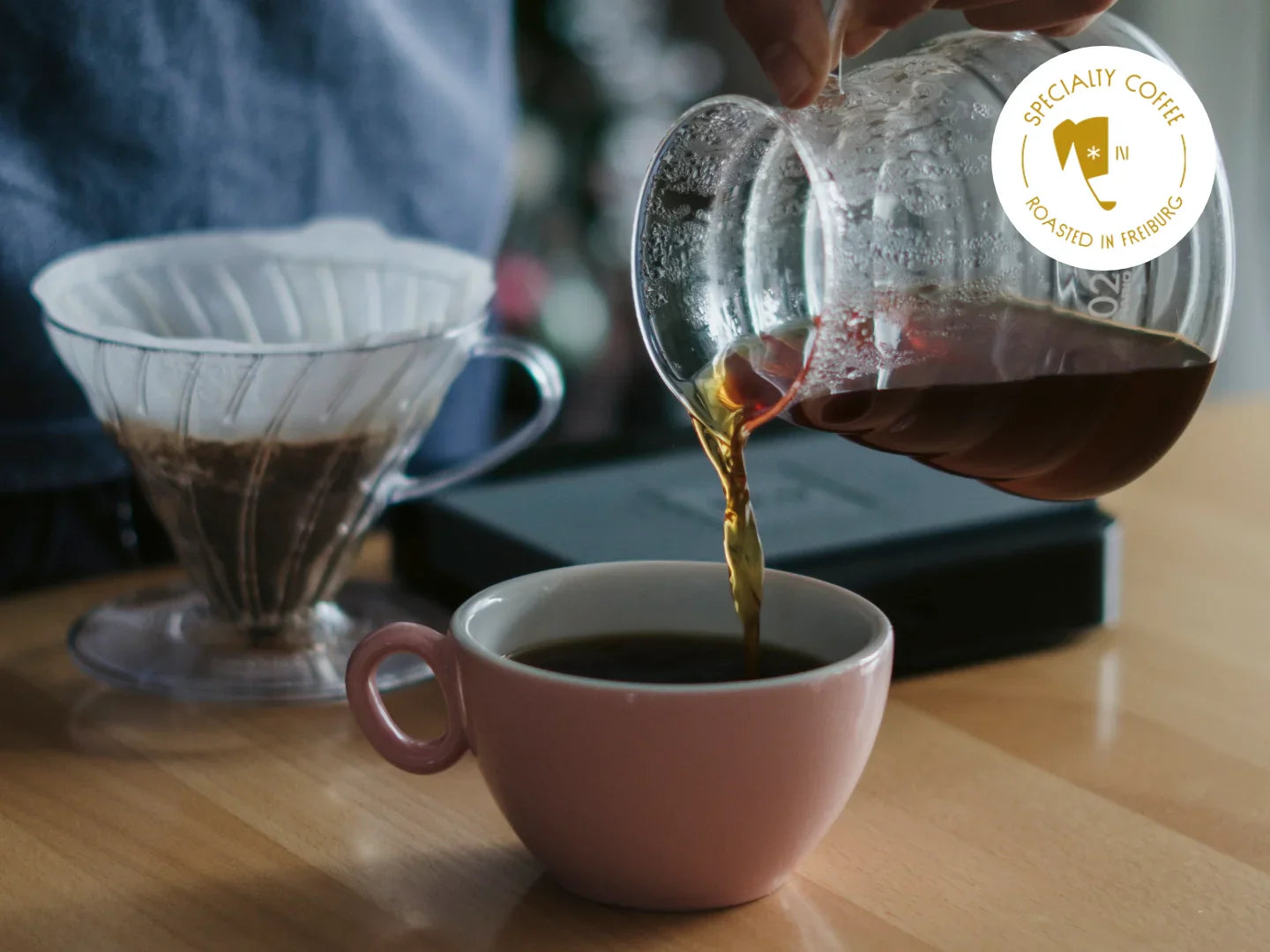


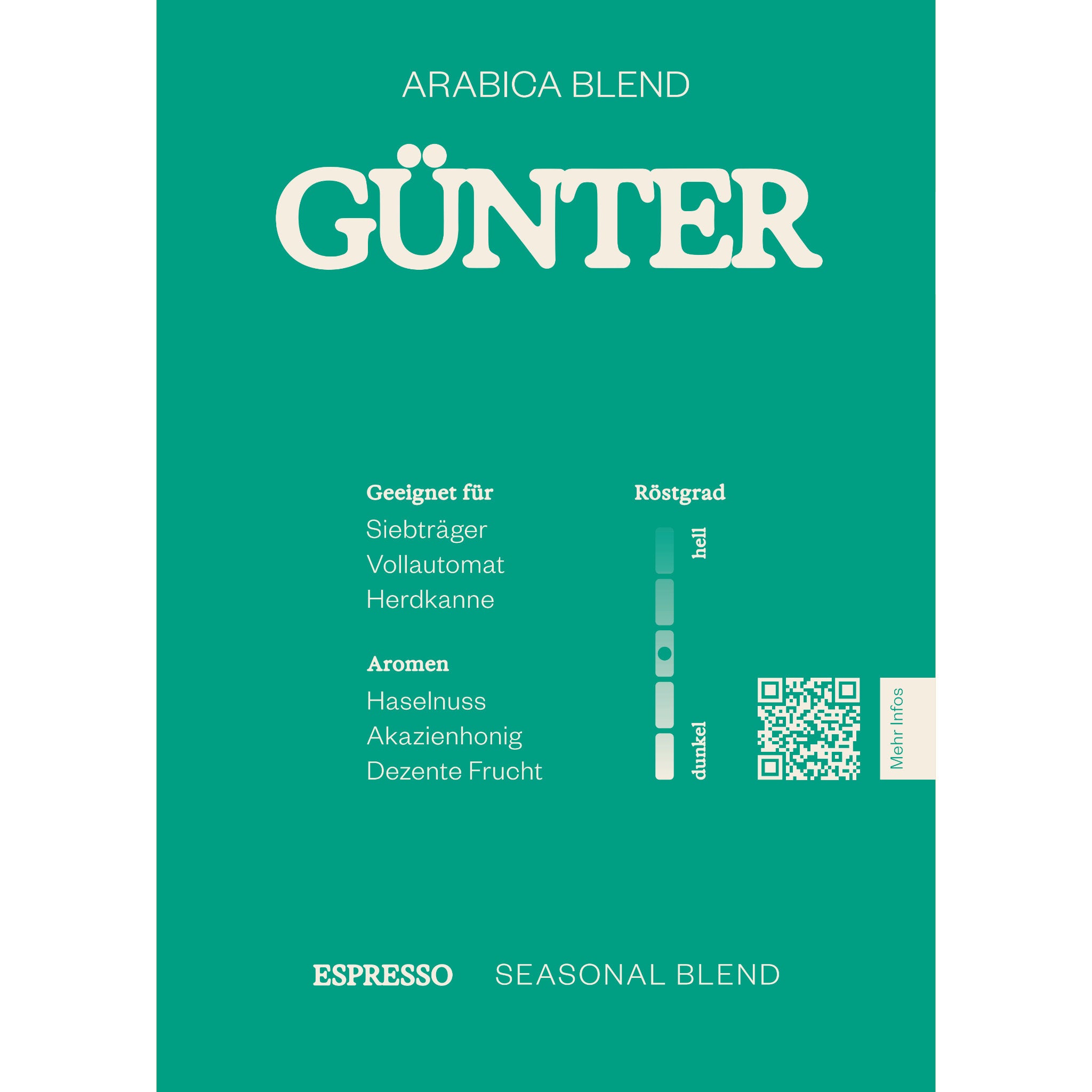
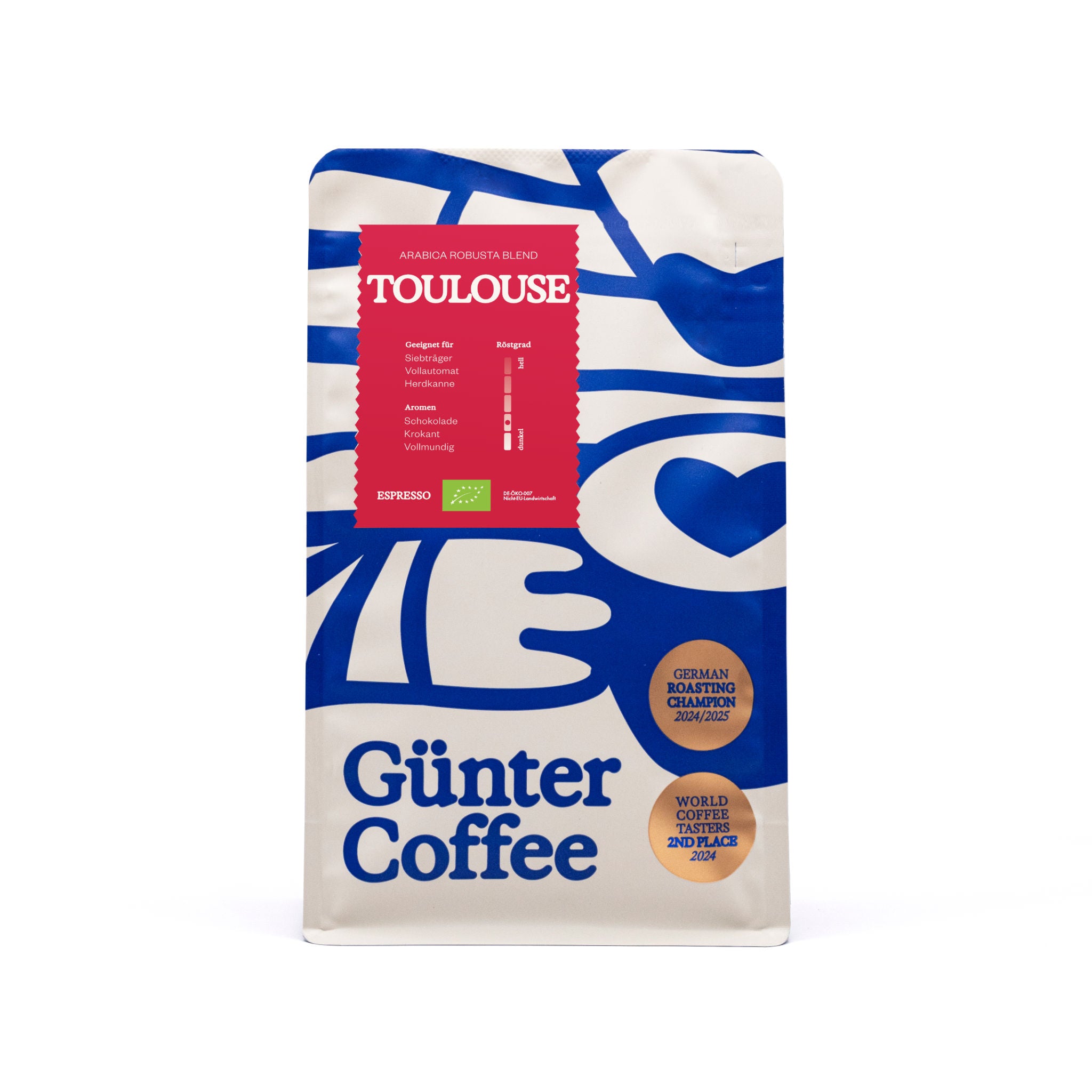
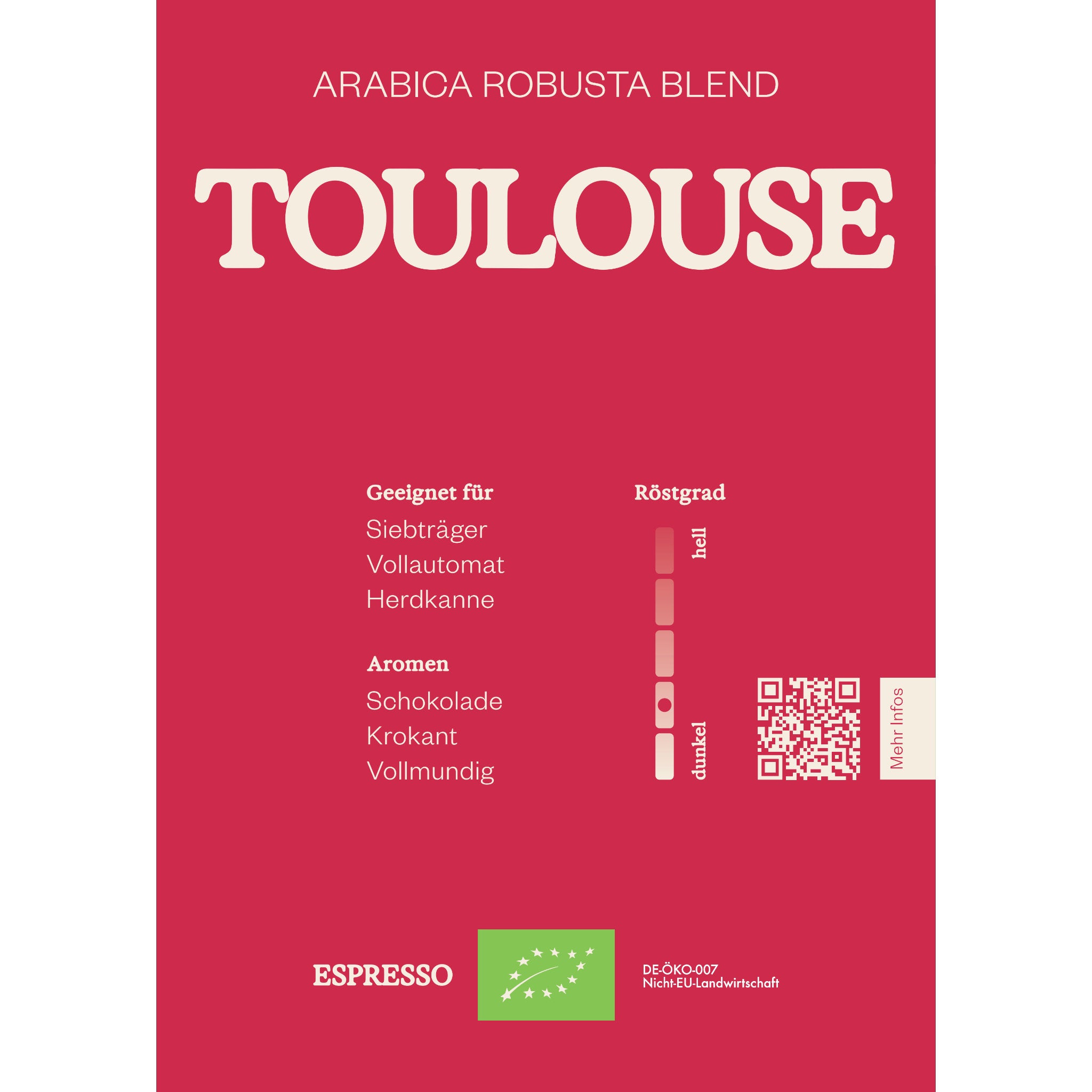
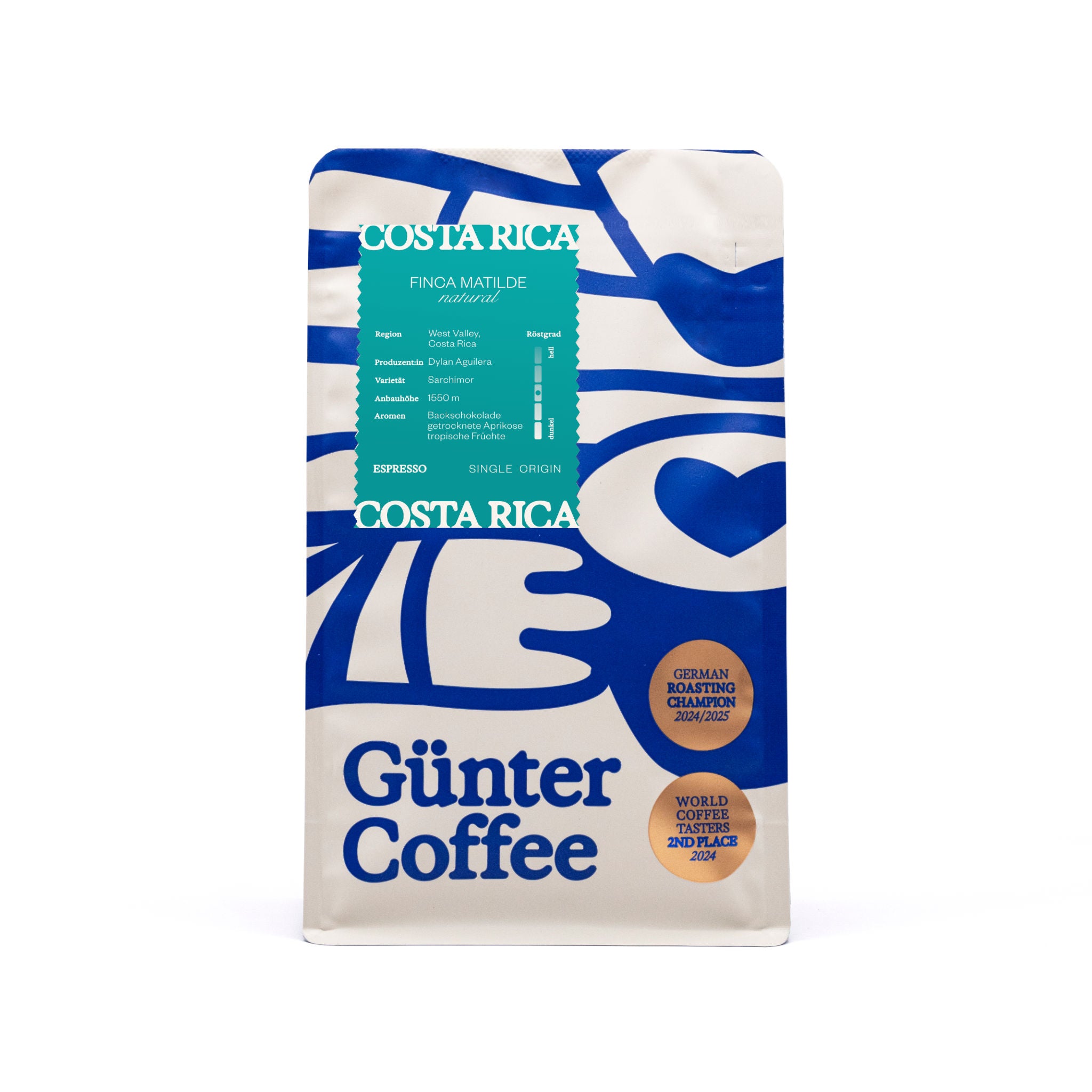
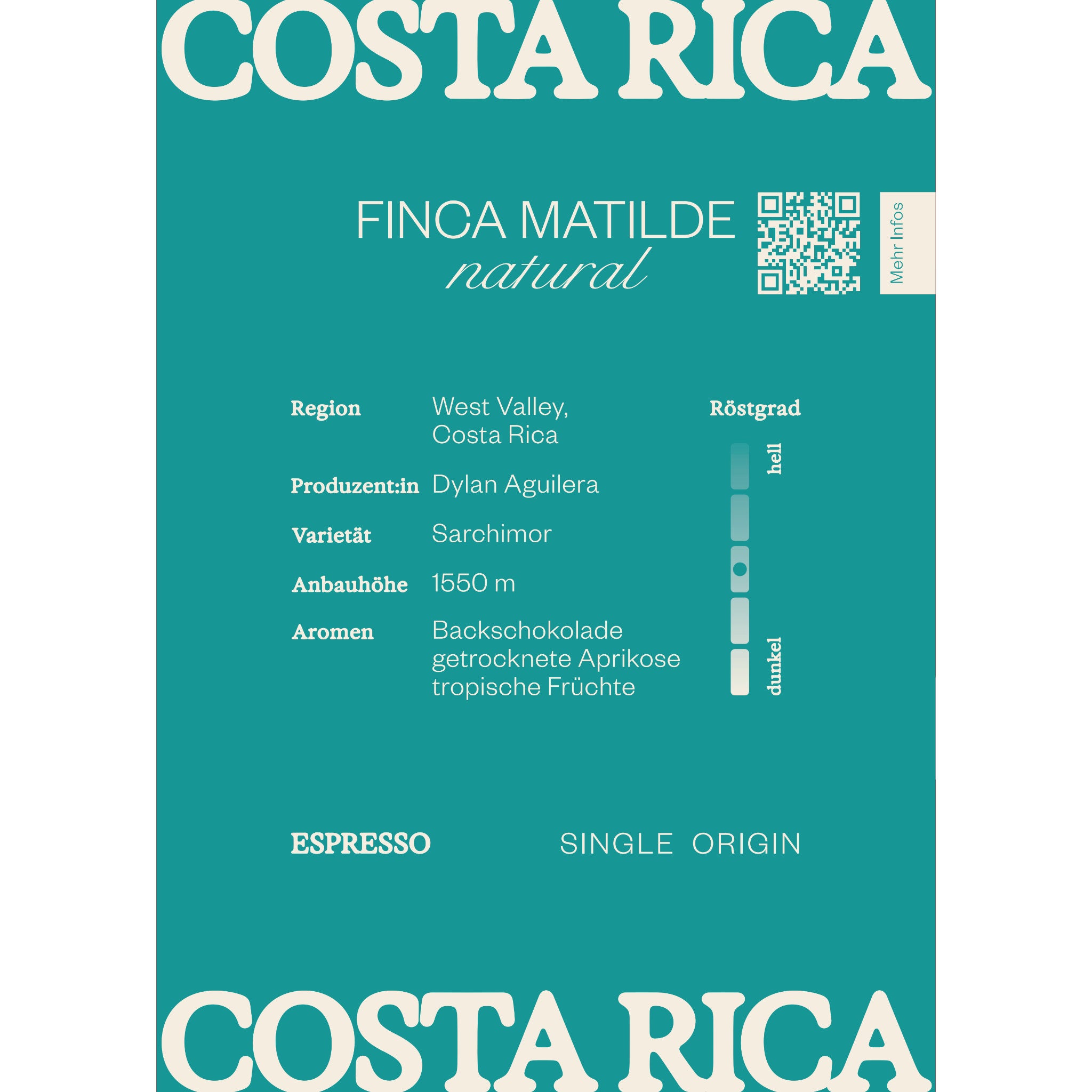
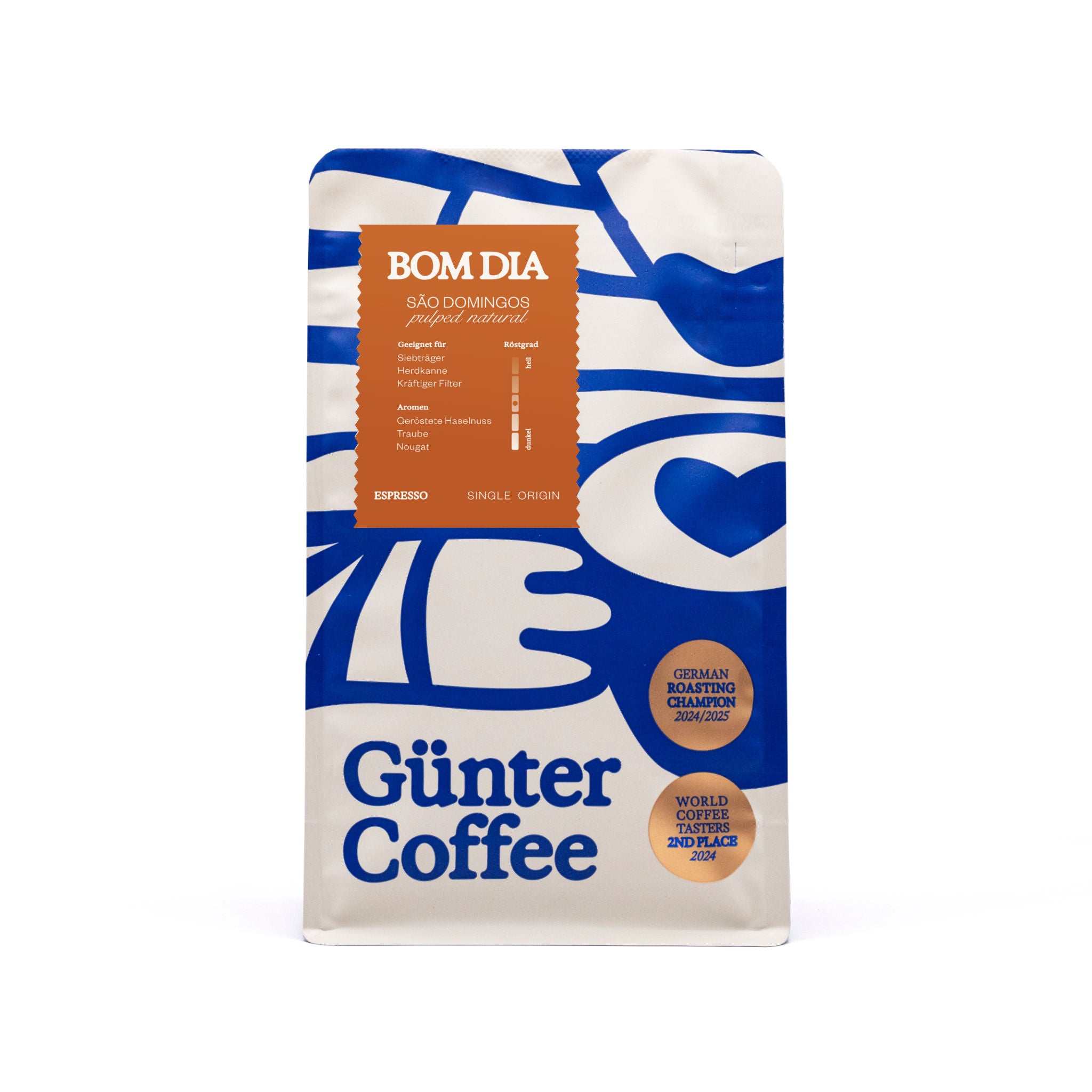
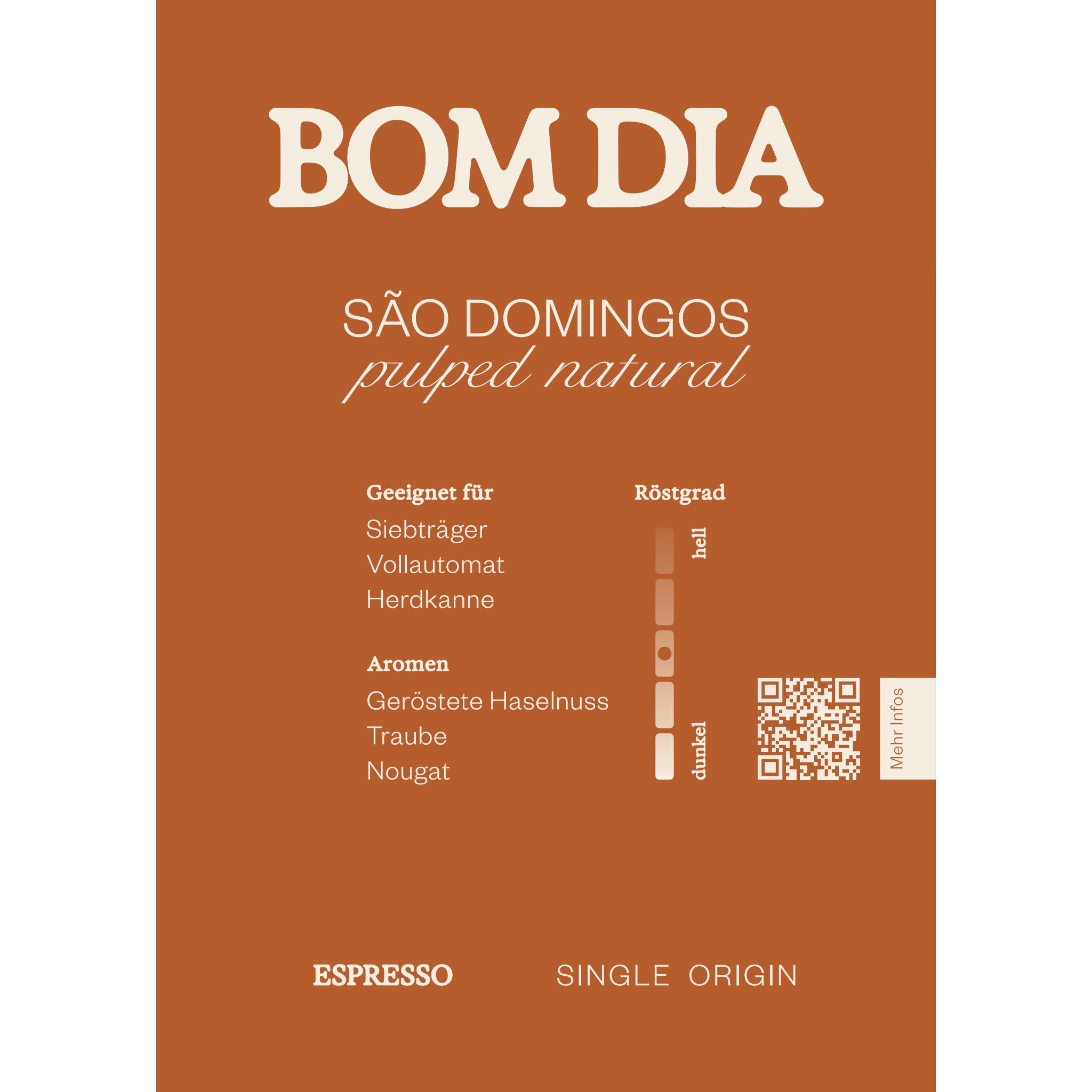

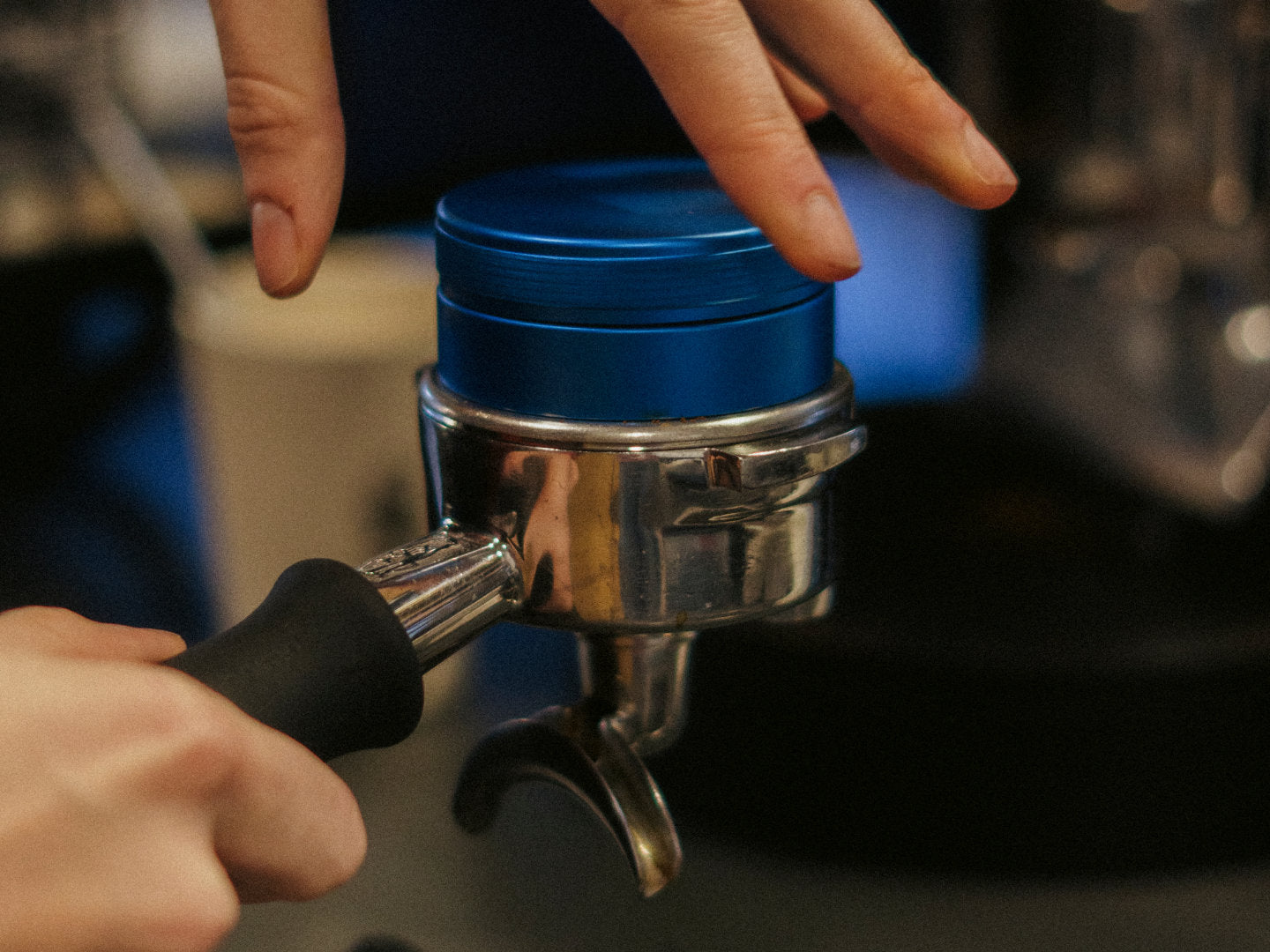




1 comment
Peter Obermayer
Toller Blogeintrag Nico!
Toller Blogeintrag Nico!